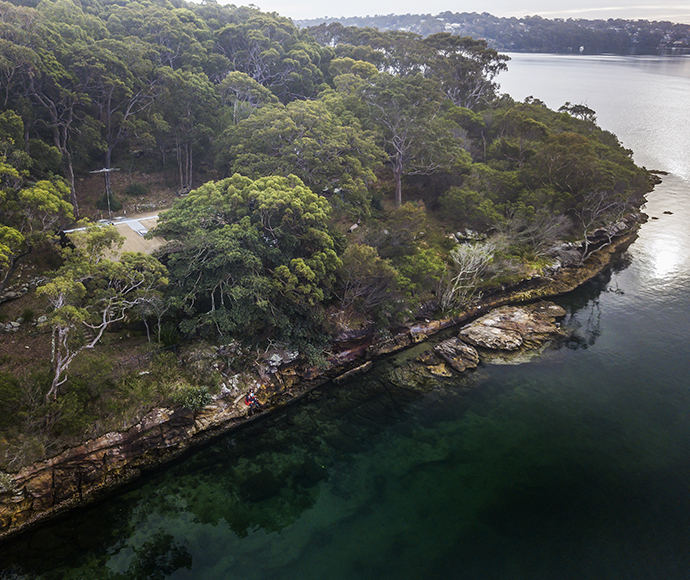A new National Park Scorecard program designed to boost the health of NSW national parks by tracking and reporting key ecological indicators has been launched today.

Environment Minister Matt Kean said the $10 million program is a critical investment in the science required to develop a world leading framework of the largest ever systematic program of ecological survey and monitoring for the NSW national parks estate.
"I want science and data to be at the forefront of our decision-making and that includes how we manage our precious and iconic national parks," Mr Kean said.
"We need to know if the measures we are undertaking, whether feral pest and weed control or the management of fire, are improving outcomes for our native plants and animals, many of which are threatened with extinction."
"Our parks are facing many challenges, like climate change, that will affect their future ecological health. It is imperative we put the right tools in place now, so we can track and protect them for future generations."
The Scorecards will provide regular public reports on the health of our national parks including:
- populations of key threatened species (e.g. koalas, brush-tailed rock-wallabies, Wollemi pines)
- the extent of threats (e.g. the density of feral pigs, goats)
- whether fire regimes are impacting on ecological health.
The scorecards initiative will start with the design of initial monitoring framework for two of Australia's most iconic parks, Kosciuszko National Park and the Royal National Park.
Renowned experts from the Australian National University (Professor David Lindenmayer and team) and UNSW Sydney (Professor Richard Kingsford and team) have been appointed to help design these initial monitoring plans for these two iconic parks.
The first four-year phase of the program will cover 30% of the national park estate, including also the Greater Blue Mountains World Heritage Area, Macquarie Marshes, Myall Lakes, the Pilliga, part of the Gondwana Rainforests World Heritage Area and the Sturt-Narriearra Caryapundy Swamp National Park complex.
"The Scorecards are important because, when fully implemented, everyone will be able to track the health of their favourite national park," Mr Kean said.
"By integrating ecological data with financial and activity data, the Scorecard approach will help improve park management, provide a rich source of data and deliver the best ecological return on our investment in national parks."
The initiative will employ ecologists and contractors and work with partners such as leading universities as well as purchase state-of-the-art monitoring equipment and undertake remote area surveys.
Data collection will start this year, with initial Scorecards expected to be published in late 2022.






